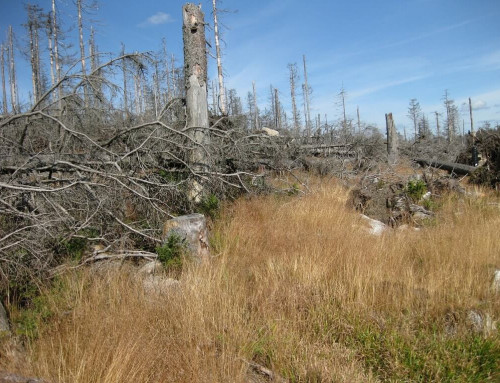
Timber from coniferous trees. Image credit thecanadianencyclopedia.ca
ZIMSEC O Level Geography Notes: Natural Resources: Uses of coniferous forests
- Coniferous forests have also suffered more or less the same fate as the rainforests.
- The loss to deforestation has however, been limited by better management styles and their quick maturing characteristic.
- Coniferous softwoods are useful to mankind because:
- They can be used to make pulp and paper.
- They are fats growing, quick to mature and therefore replenish easily.
- Their straight and long trunks make them more useful for construction and furniture making.
- They are easier to extract because they appear in pure stands.
- The extraction of timber is referred to as lumbering.
- Human labour is employed to cut down the trees and transport logs to sawmills and pulp and paper mills.
- The extraction is now highly mechanized.
- Lumbering is confined to the winter season when it is easier to move logs to transporting points.
- The timber is transported to mills by road, rail or floated down the rivers when snow melts in spring.
- Loggers practice either selective or clear felling.
- Selective felling involves the marking and cutting of only those trees required by the timber companies.
- This method makes extraction and transportation of timber difficult.
- It however, protects young trees from being extracted and the land from erosion.
- Clear felling, involves the removal of all trees over an area.
- This exposes the land to agents of degradation.
- Transportation of logs is however easier and replacing programs can easily be instituted to ensure future supplies.
To access more topics go to the O Level Geography Notes page



